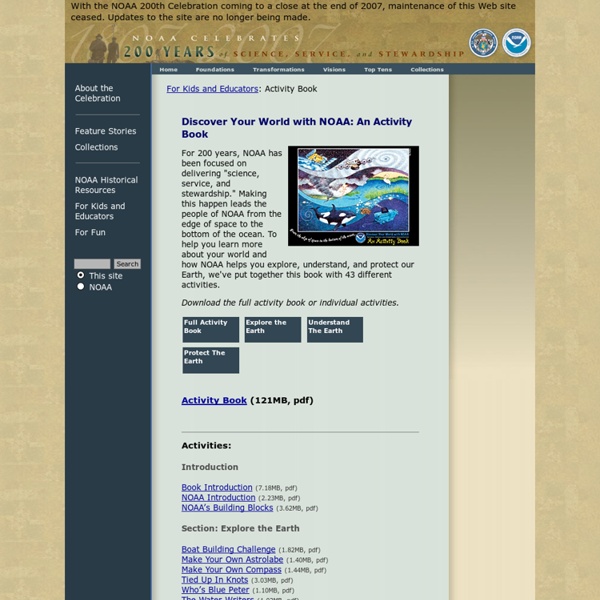200th Activity Book

American Geosciences Institute - Serving the Geosciences Since 1948
© 2014. All rights reserved. American Geosciences Institute, 4220 King Street, Alexandria, VA 22302-1502. Please send any comments or problems with this site to: webmaster@agiweb.org. Privacy Policy
K-5 GeoSource
environmental science: understanding our changing earth
Environmental Science: Understanding Our Changing Earth, offers a unique approach to teaching both Earth Science and Environmental Science, by incorporating an Earth Systems approach. Created by the American Geosciences Institute with funding support from the National Science Foundation, Environmental Science: Understanding Our Changing Earth shows the interconnected nature of the Earth systems and builds a foundation for life-long learning. An interdisciplinary environmental science curriculum that emphasizes Earth systems helps students develop the underlying science and knowledge that forms the foundation for understanding and policy discussion. Moreover, the critical component of environmental science is the focus on how earth systems interact with human society. This subject uniquely ties the physical sciences with social sciences, constituting a unique opportunity to demonstrate the widest application of science to life.
Related:
Related:



